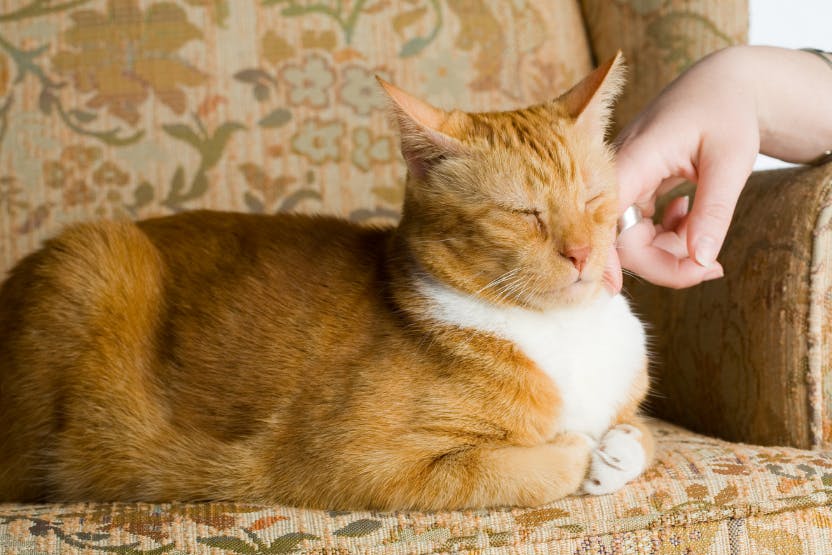Have you ever been bitten or swiped at by a cat while you were petting them? They seemed to be enjoying the attention just a second ago, so what happened? You may chalk it up to your cat being weird or
mean, but it’s more likely that you weren’t petting them the right way—and you missed the signs that they didn’t like what you were doing.
Despite being domesticated thousands of years ago, cats haven’t undergone major evolutionary changes and are thus still wired to think and act like their ancestors. Wildcats prefer to communicate indirectly and at a distance, which probably explains why some house cats have a dislike for touch.
As humans, we’re drawn to infantile physical features such as round faces, small noses, and large eyes. Hence, many of us think cats are cute and automatically want to pet and cuddle them upon laying eyes on them. For us, it’s a natural way of showing
affection. For our feline furiends, however, it can be overwhelming and unwelcome.
So is there a wrong way to pet a cat? Quite a few, actually. Just like us, cats have boundaries when it comes to personal space. Here’s what not to do when interacting with a feline:
Don’t assume that all cats like to be petted. Some do, while others don’t. Each cat is an individual who has their own preference.
Don’t pet a cat without introducing yourself. (More on that later.)
Don’t swoop down on a cat (i.e., go over the top of their head) to pet them, especially if you’re meeting them for the first time.
Don’t approach a cat straight on as they will see it as a threat.
A cat’s belly, back, and base of the tail are usually off-limits. Avoid touching these areas.
Cat body language: signs of discomfort
Research shows that cats tend to spend more time interacting with humans if they were the ones who initiated the interaction. So in order to successfully make friends with a feline, you want to let them “pet” you instead. This means giving them choice and control during the interaction.
Let the cat choose whether they want to be petted or not, and allow them to communicate where they want to be touched. If a cat has no interest in being petted, respect their boundaries and move on. When interacting with a cat, keep the following in mind:
Treat first meetings like first meetings. Introduce yourself when meeting a new cat. Hold out a finger as if you’re offering a handshake.
Let the cat sniff you and guide you to where they want to be petted.
Cats generally prefer being touched in areas where their facial glands are located—around the cheeks, under the chin, and at the base of the ears.
Once you’ve earned a cat’s trust and they’ve decided that they want to be friends with you, you can rub their ears.
Cat body language: signs of enjoyment
Whether you’re interacting with your own furbaby or a tabby you’ve just met, petting a cat is all about asking permission and being respectful. It's important to know what to look for in the cat's
body
language to determine if the cat is comfortable being touched. Signs that kitty approves of what you’re doing can include:
- Purring
- Kneading you with their front paws
- Holding their tail in the air
- Gently waving their upright tail from side to side
- A relaxed facial expression and posture
- Ears pointed forward
- Gently nudging you if you stop petting them
Successful interactions with our feline friends require a bit of self-restraint and respect for boundaries. It you pet your cat the right way. they may just ask you for more attention!
Got more questions about your cat's behavior?
Chat with a vet expert to get answers to your cat's quirks, health and more!


